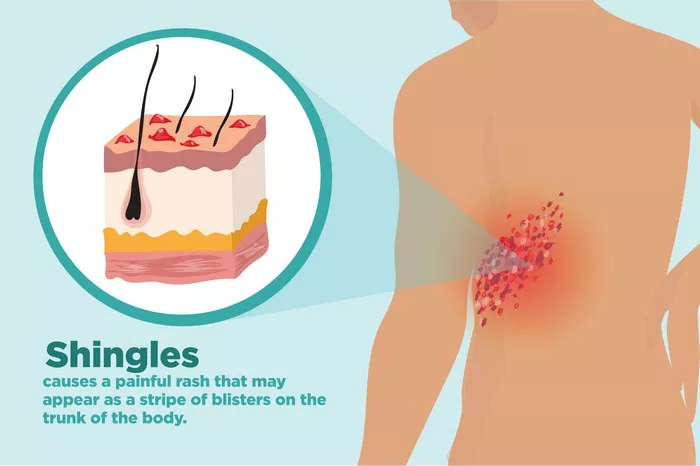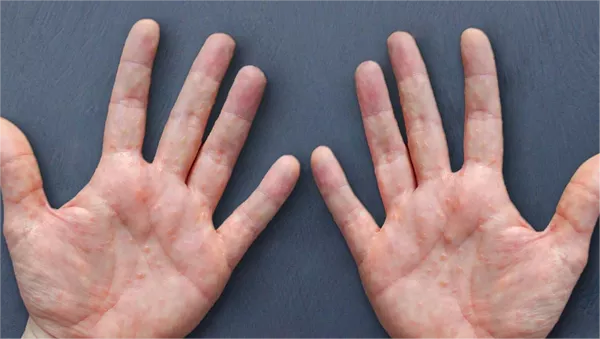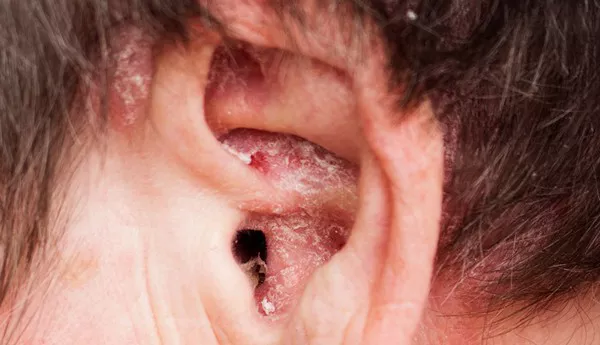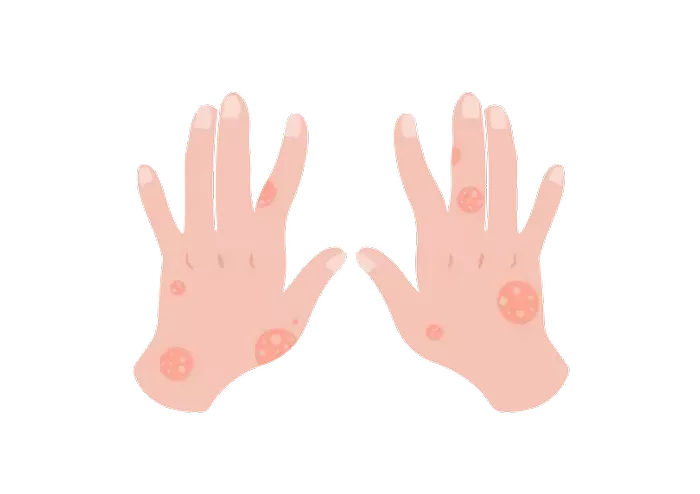Skin allergies manifesting as red rashes and itching can stem from various conditions including contact dermatitis, urticaria, eczema, drug reactions, or solar dermatitis. Effective management strategies include antihistamines, corticosteroid creams, cold compresses, allergen avoidance, and skin barrier restoration techniques.
Common Causes of Allergic Skin Reactions
1. Contact Dermatitis
This occurs when skin directly interacts with allergens like nickel, hair dyes, or rubber products, triggering histamine release and blood vessel dilation. Distinct red patches and papules with a burning sensation are characteristic symptoms. Immediate treatment involves rinsing the area with water, applying hydrocortisone butyrate cream, and taking oral loratadine for itch relief.
2. Urticaria (Hives)
Type I hypersensitivity reactions to allergens such as seafood, nuts, or pollen cause mast cell degranulation, resulting in temporary pink wheals that typically fade within 24 hours but may recur. Keeping an allergy journal helps identify triggers, while eperisidine tablets and calamine lotion provide symptom relief.
3. Eczema
Compromised skin barrier function allows irritants to penetrate, activating Th2 immune responses. Symptoms include symmetrical, varied rashes that may develop into chronic lichenification. Key treatments involve limiting baths, applying ceramide-rich moisturizers within three minutes after washing, and short-term use of mometasone furoate cream during flare-ups.
4. Drug Allergies
Medications like penicillin can combine with plasma proteins, causing delayed hypersensitivity reactions appearing as measles-like rashes 7-14 days post-exposure. Severe cases may involve fever. Immediate discontinuation of the suspected drug is crucial, with potential treatments ranging from intravenous dexamethasone to plasma exchange in critical situations.
5. Solar Dermatitis
UV radiation damages skin cell DNA, releasing inflammatory mediators that create photosensitive reactions. Symptoms range from edematous redness to blistering. Acute cases benefit from 3% boric acid compresses, while daily SPF 50+ sunscreen and avoiding peak sun exposure (10:00-16:00) prevent recurrences.
Management and Prevention Strategies
During allergic episodes, wear loose cotton clothing to minimize irritation and prevent scratching-induced infections. Adopt a low-histamine diet by avoiding pickled foods and certain tropical fruits. Maintain 40%-60% indoor humidity and use fragrance-free detergents. Seek emergency care for systemic reactions like breathing difficulties. Chronic allergy sufferers may benefit from IgE testing and potential desensitization therapy.
Related topic:



























